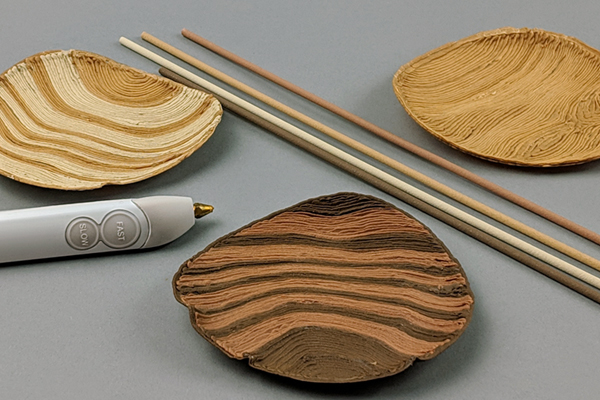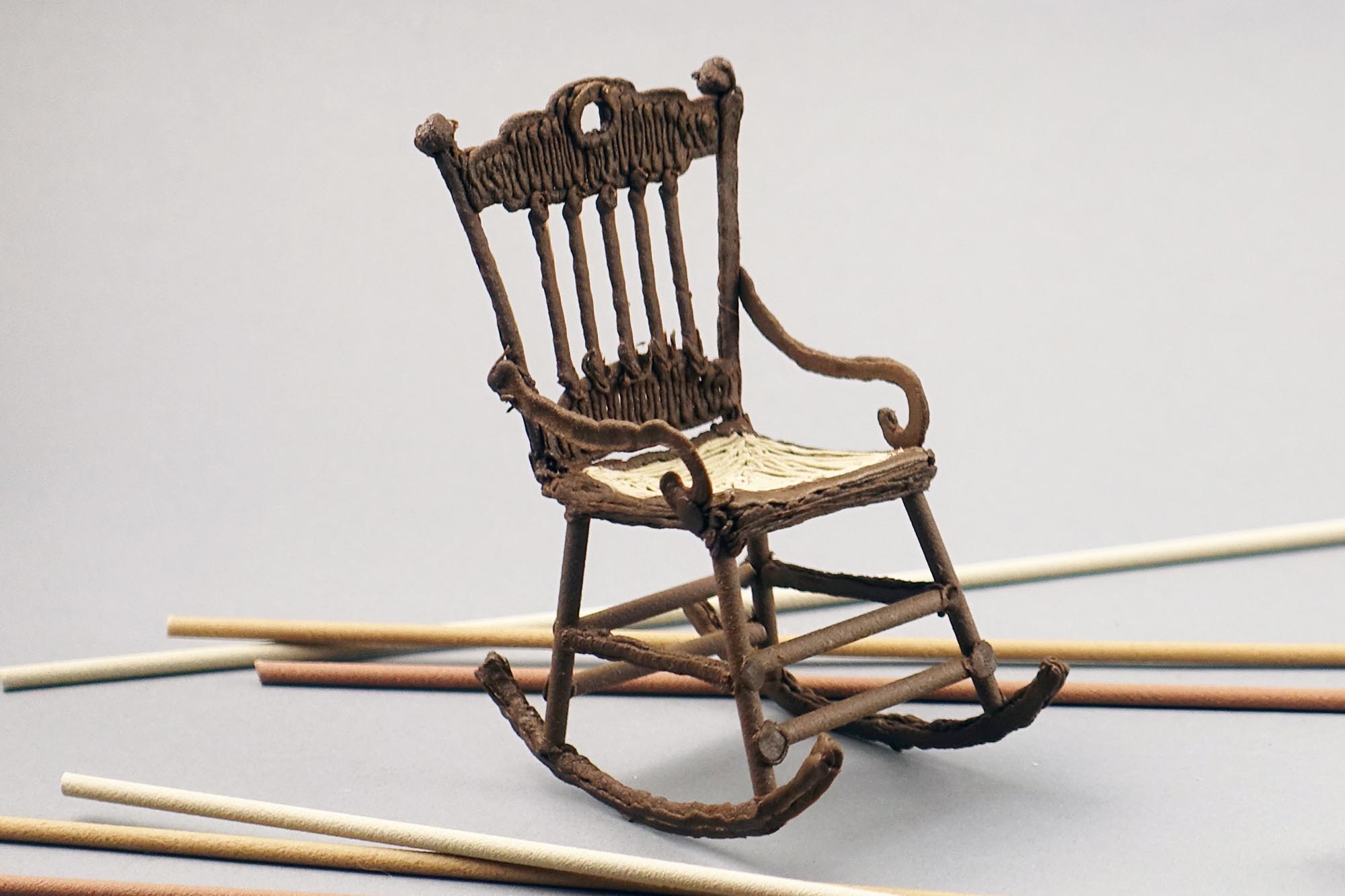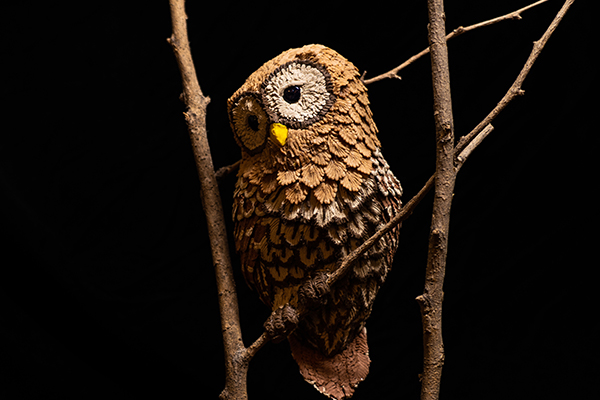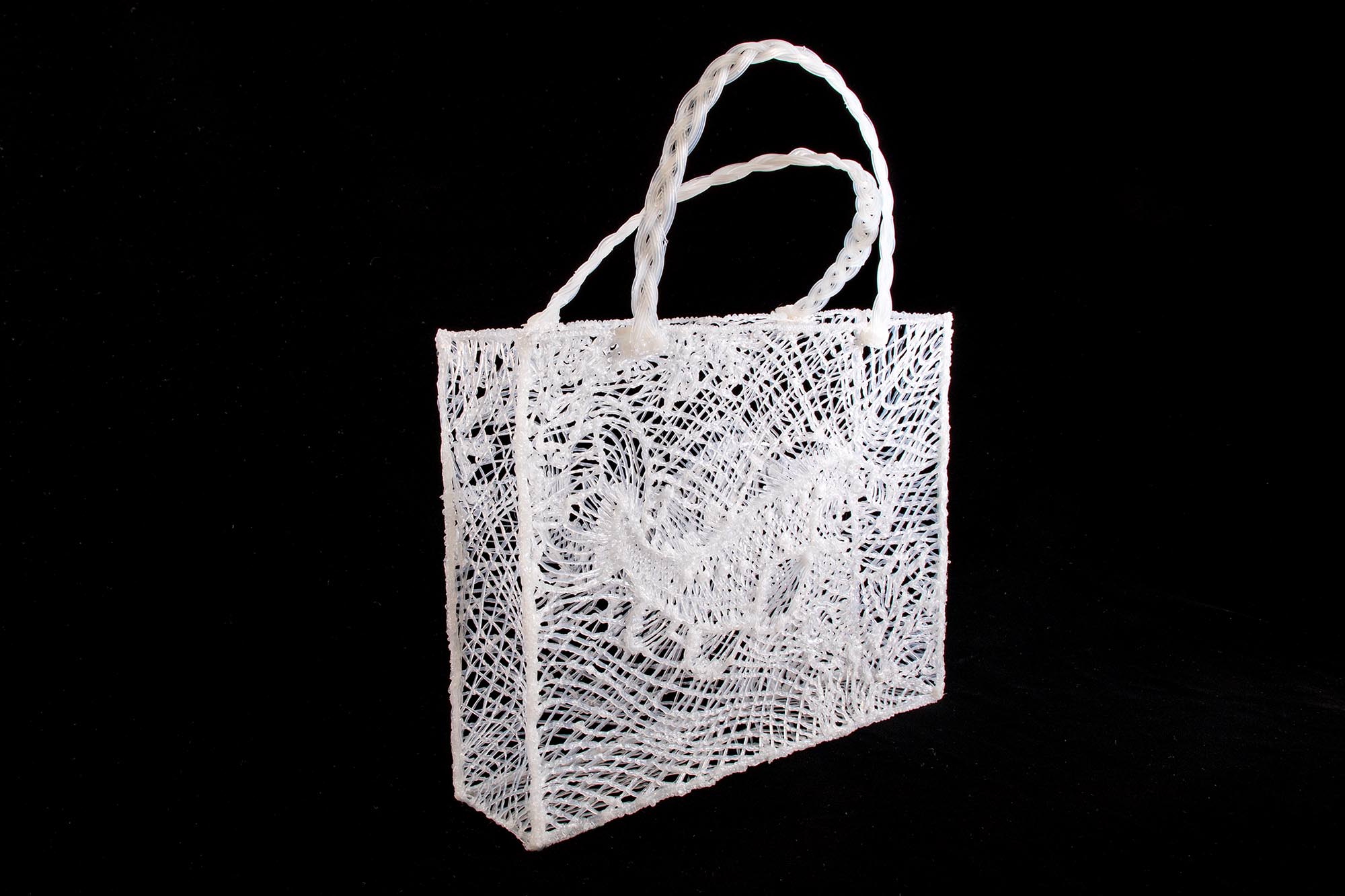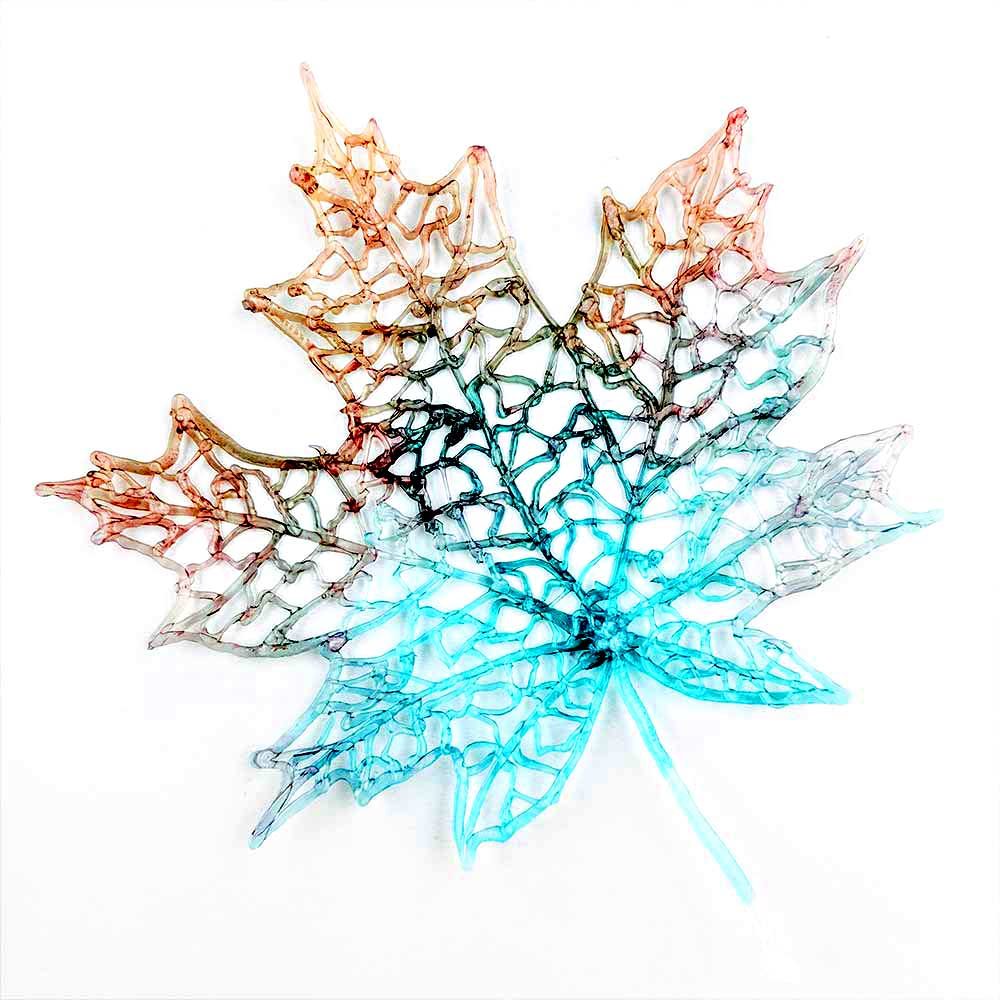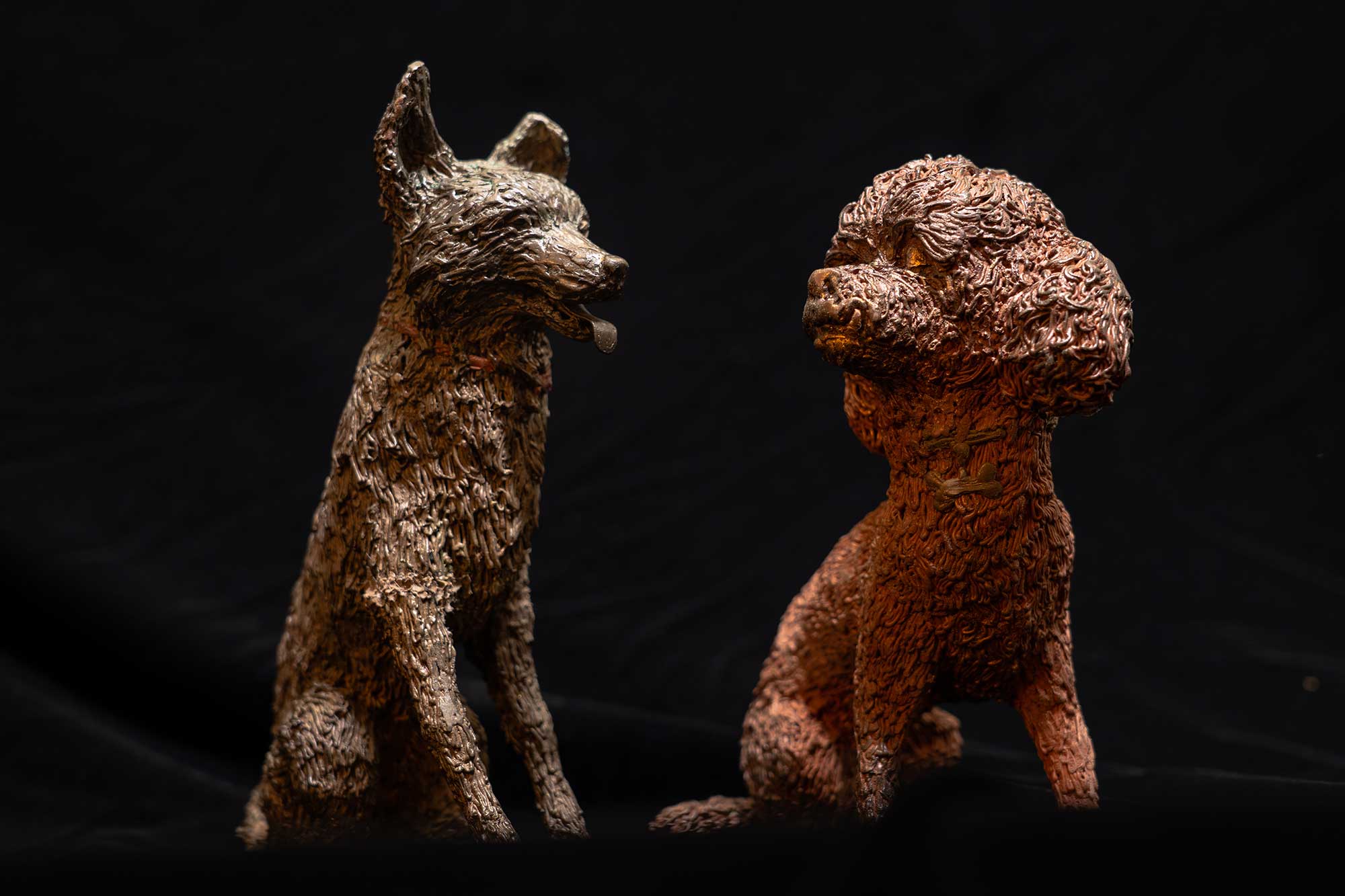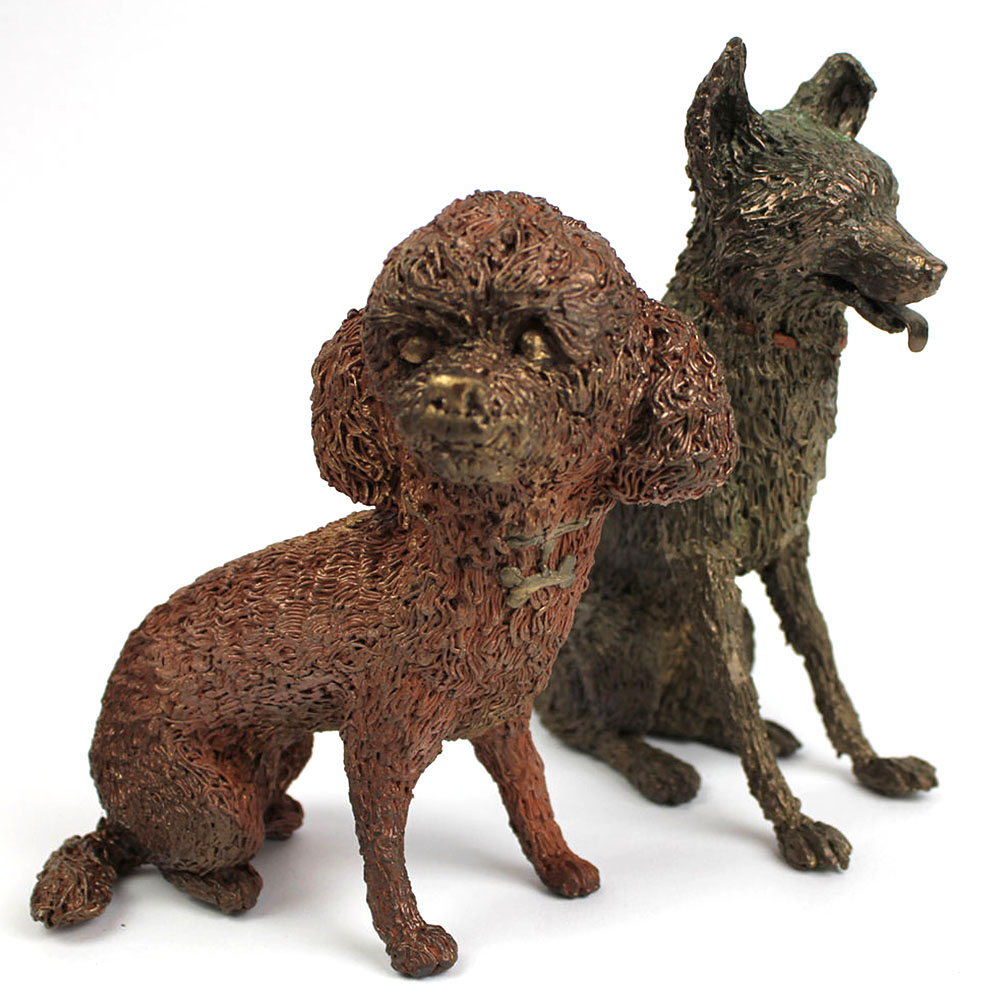3Doodler is delighted to work with a range of artists this year to invite curiosity and spark the imagination as we design and create in 3D.
Each month, the 3Doodler team shares ideas and tutorials to help kick-start the design process. We were curious to see what our artist community would create with the same inspiration.
Last week, we explored the artistry of ice castles. 3Doodler shared a version that is easy to replicate with our free stencil and tutorial. This week, guest artist Ricardo Martinez (riikc) shared his version of an ice castle. See where he found his inspiration and how the sculpture came together.
Creating with riikc
Ricardo is a sculpture artist, painter, and photographer who explores a variety of materials and techniques in his work. Ricardo has extensive experience creating art with 3D pens and often shares his approach with the 3Doodler community.
Ricardo’s latest installation, Memento Vivere, gained worldwide attention as an interactive multi-disciplinary project using light, technology, and science to express an idea. This larger-than-life exhibit consists of a series of electroluminescent cables arranged in a skull structure that Ricardo designed with a 3D pen. The sectors of the installation light up as people interact with the display.
Ricardo lives in Brussels and travels extensively. He takes inspiration from nature, landscapes, geography, architecture, and much more. We were delighted to connect with him about his experience creating an ice castle in 3D.
3D Design Approach
Ricardo had an idea for this design and took inspiration from fantasy video games he’s played over the years, like Final Fantasy. From his home in Brussels, he looks at a large church with a castle-like appearance and eight pillars. Mixing these concepts, he began to sketch the design on paper.
“It seems like a different part of your brain kicks in and starts working as you start building,” said Ricardo. “The design evolves as you go. The castle resembles the sketch but evolved as I sculpted it in 3D.”
Ricardo used existing shapes to begin the sculpture and found it easy to keep adding material to get the form he wanted for the design. For example, he used a glass cylinder to create the pillars’ base. He could continue this process to get the length he wanted for the towers.
To design the castle, Ricardo used the 3Doodler PRO+ 3D pen and PLA, nylon, wood, and bronze filament.
“I love the smell of the wood while I’m creating. It makes me feel like I’m in a woodshop,” said Ricardo. “For this design, the wood and bronze add texture and stand in contrast to the rest of the design, which is the effect I was hoping to achieve.”
Advice for the Community
Ricardo is an experienced artist who shares his success tips freely to encourage others to pick up a pen, paintbrush, or other tool and begin creating.
“It’s important to share that you don’t need to create shapes out of thin air,” said Ricardo. “I recommend starting by using existing shapes. Then, you can find inspiration and doodle anything with objects around you.”
For new 3D pen artists, Ricardo recommends starting with a speed setting of three and gradually working up to faster settings. In this design, Ricardo found he could work effectively with a speed setting of seven or nine.
“I was impressed with the speed settings on the pen. It’s incredible how adjusting those settings can change things and make the experience much more enjoyable, given how quickly you can cover a large surface,” said Ricardo. “The PRO+ pen is much more comfortable and easier to use over long periods.”
Ricardo notes that the PRO+ makes it easier to swap materials and see what’s happening, which saves a great deal of time. He was especially pleased with how the wood detail came out on the ice castle and enjoyed adding contrast with different materials.
When working in bronze, Ricardo recommends keeping a bit of distance from the tip to the surface as the material smudges easily.
“Working in 3D evolves whatever idea you think you have, and it goes into many different directions that you can’t experience with just 2D drawing. It opens your mind to new possibilities and thinking in ways you’ve never thought before,” said Ricardo.





